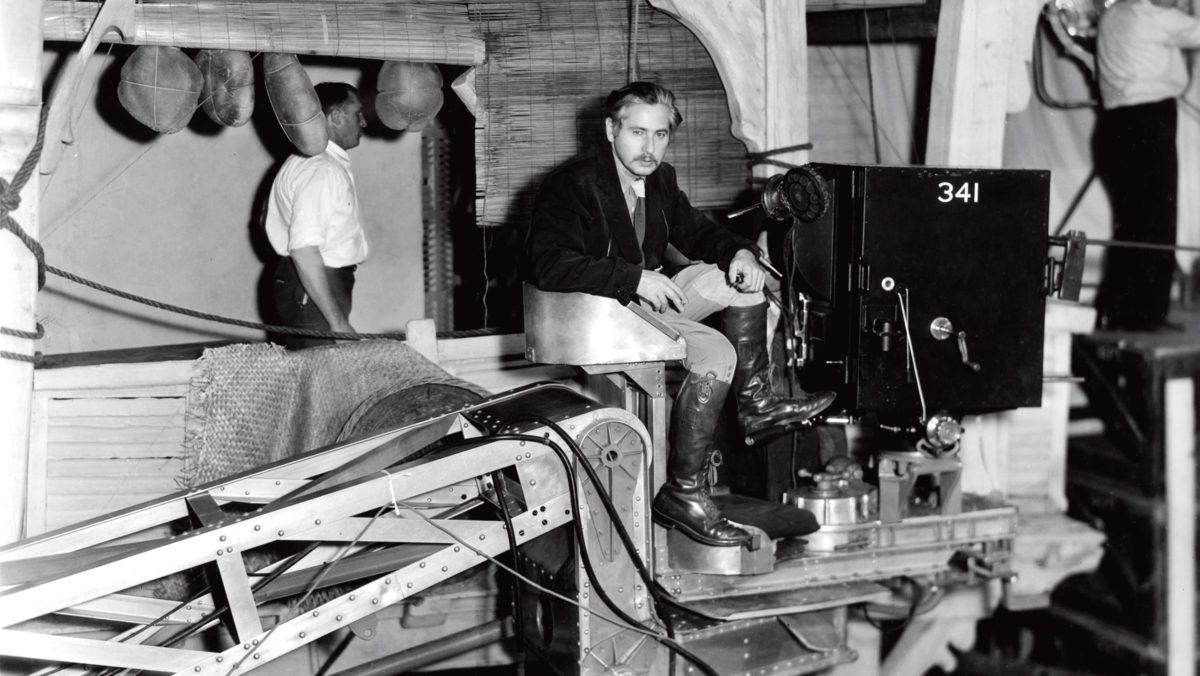In 1965, film historian Kevin Brownlow found himself in the home of filmmaker Josef von Sternberg for an interview that would eventually come to print in his seminal study of the silent era, The Parade’s Gone By (1968). As Brownlow recounts in the book, it proved to be a difficult yet revealing experience, with Sternberg from the get-go nit-picking and refuting the line of questioning. Brownlow was riled at the time, but with retrospect came clarity. His subject’s stonewalling was the natural product of, and defence mechanism against, the reputation that had been built around his person and work over the years, and which had calcified, constraining his career. Over and over, he had been judged the paradigm of the authoritarian director. A merciless martinet; self-absorbed, esoteric and beholden to his vision regardless of the personal and financial cost to him or anyone else. Though there is a degree of truth to this image, and Sternberg had his own conscious hand in its cultivation, it would ultimately persist to the director’s detriment; used as a slight by aggrieved colleagues but also, more sinisterly, a smear by the Hollywood machine and its courtiers within the industry and press.
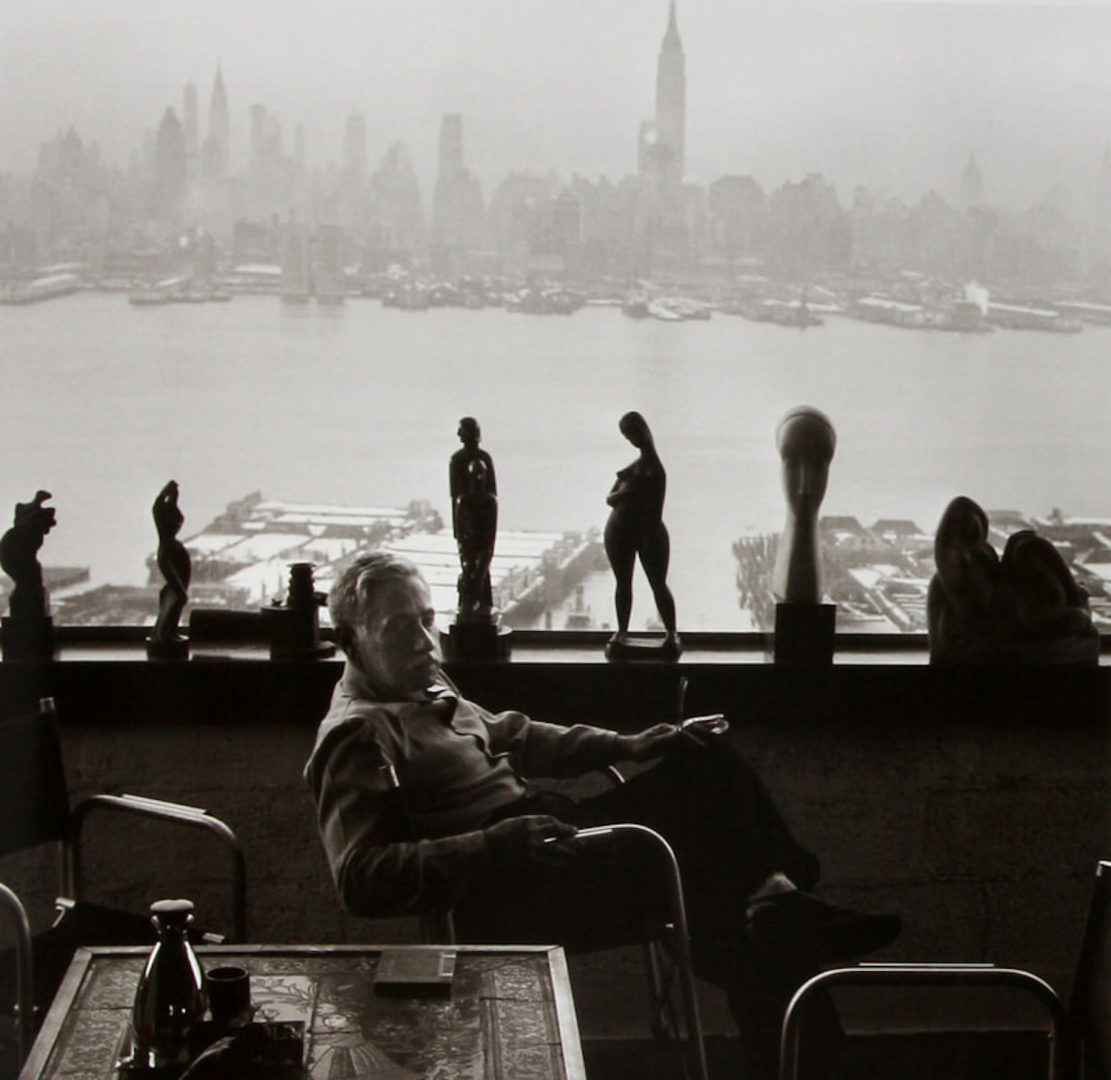
I.
In the time between this Brownlow interview and his death in 1969, Sternberg would qualify his reticence, with his suspicion that interviews would lead to him being misinterpreted or outright misquoted. If they were so curious, they could refer to his autobiography, Fun in a Chinese Laundry (1965). There they can find out “the sort of man I am,” the complete word on his life and art. This suggestion was both instructive and a tad perverse, for his autobiography is indeed rife with the characteristics of his personality and cinema; an unflappability, a searing, sardonic wit and a love for spectacle that comes, part and parcel, with a gift for its creation and dissection. The latter would increasingly dominate, in his work and this book, as his perspective on Hollywood curdled. His portrayal of “The Magic Empire of the Twentieth Century! The Mecca of the World!”, its substitutes and society in general, becoming less romantic and more bitter as time marched on.
And yet the book is no cheat sheet. It does not move to the letter of a strict and straight chronology, nor is its language crystalline. Instead, the details of his life and career are often presented allusively, rather than as a procession of stated facts. What mattered more to Sternberg than revealing the contents of his private life is pontificating on the assorted thoughts that he had accumulated throughout his profession and loosely assembling them in a treatise on the nature of filmmaking, art and their context with other disciplines and the world.
The route of this extended rumination is a circuitous one, with many tributaries, but there is a rough linearity. For instance, the first couple chapters are inhabited by his origins; as an impoverished youth called Jonas Sternberg who lived between Vienna and Queens, under the yoke of a domineering father. While Anatahan (1953), his last film—going by production date and what he was willing and proud to hang his name on—is covered most extensively in the last chapter. And yet within this timeframe, he is constantly reaching forward and referring back, revising and digressing, as he goes through his career but also delivers essayistic treatments on certain subjects. From the nature of light, its scientific study and artistic implementation, to the arenas and customs he witnessed while traversing China, Japan and Indonesia. He will go on, and off, on the psychology of actors, the psychology of crowds and the art of scarecrow crafting, discussing them individually while creatively folding them into long-running discussions of his bread and butter and bêtes noires: dramaturgy and the movie business.
The language itself is often verbose and grandiose, teetering on the edge of being over-ripe but rarely faltering, and channelling the spirit of the written word as it surfaces in his films. Many descriptions of people and places are of a piece with titles like the in which Underworld (1927) gangster ‘Bull’ Weed is called ‘Attila the Hun’, or the Shanghai of The Shanghai Gesture (1941) ‘a distorted mirror of problems… a modern Tower of Babel.’ Other times, the prose is more simply laid out but is still complex, aloof and biting, in its polyvalent play of distancing effects and the ironic blurring together of false and sincere modesty. This aspect of his style is more reminiscent of his droll narration, or the benshi type vocal performance, in Anatahan, with its highly distinctive and intricate play between being a remote, non-diegetic element and its acting as a single coagulated representative of multiple characters while it questions the veracity of the narrative.
The book is often very funny, with Sternberg ‘humbly’ characterising himself as a pariah. The sole bearer of common sense, doing laps across a raging ocean of incompetency. Moments or recurring events that in other biographies would be singled out and analysed as sources of future pain or strength, he undercuts with a stone dry sense of humour. Like in a recount of classroom tyranny, marked by the emphasis on how a young Jonas and his classmates’ bowels were often loosened by sheer terror of having to face the teacher in a tempest. He also knows when to be blunt, with his description of the intensive studio interference behind the production of one of his last films, Macao (1952), as a pie made “…under the supervision of half a dozen clowns who immersed various parts of their anatomy in it.”
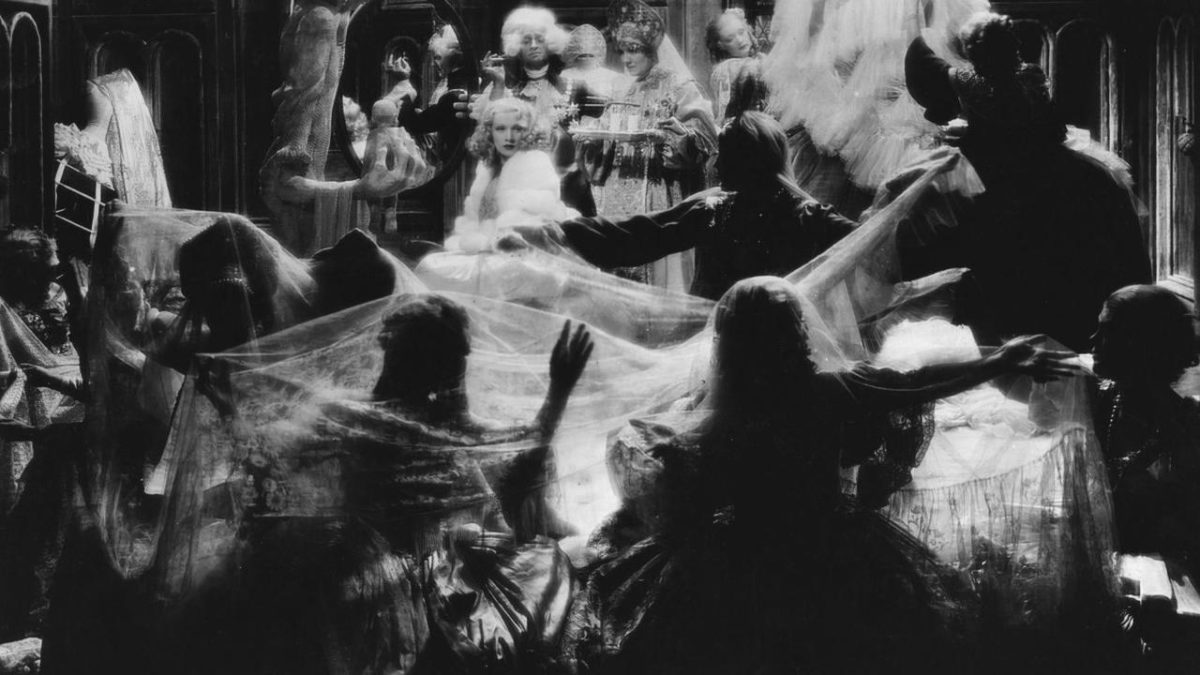
II.
True to his status as a masterfully expressive disseminator and arranger of studio scenery and extras—from the glitz and show-stealing bit players that trod the carnival and casino scenes of The Devil Is a Woman (1935) and The Shanghai Gesture, to the overbearingly humid and cluttered jungle of Anatahan—he often paints his manifold experience ultra-vividly. Half-remembered scenes that he then completes with a little mythicization and a strong imagination,turning them into Brueghelian or Boschian clusters of striking, single details and miniature-dramas. This is demonstrated early on when he recounts his tender years:
What went on the inside of this child I don’t know, but as far as the exterior of the toddler is concerned it moved through a children’s paradise…
Mine was every crevice of the vast amusement park, the like of which never again existed… Hundreds of shooting galleries, Punch and Judy and the inevitable Satan puppet, chalk-faced clowns in their dominoes, boats sliding from a high point down into water with a great splash, leather-faced dummies that groaned when slapped, pirouetting fleas, sword swallowers, tumbling midgets and men on stilts, contortionists, jugglers and acrobats, wild swings with skirts flaring from them, proving that not all females had lost their undergarments, a forest of balloons, tattooed athletes, muscle-bulging weight lifters, women who were sawed in half and apparently spent the rest of their lives truncated, trained dogs and elephants, tightropes that provided footing for a gourmet who feasted on a basketful of the local sausages with horse-radish that made my mouth water…
Or this later passage, another montage culled from several pages spent describing the swings and roundabouts of his experience:
My opinions were not gleaned from a Ouija board. I’ve been homeless without a roof and swelled in palaces. I’ve carried a soup bone in my pocket to gnaw on like a dog to keep from starving and been wined and dined by ambassadors of a dozen nations. I’ve hopped freight cars like a tramp and crossed the country in a private train. I’ve eaten everything from a crust of old and moldy bread to shark fins. I’ve tasted the exhilaration of sudden success and the shock of sudden failure not once but a dozen times…
This, his “apprenticeship in humanity,” he paints as an epic of changing fortunes, which, however exaggerated, speaks to what was an eccentric and adventurous life. Sternberg was a self-made autodidact who, like many of his ilk, in cinema or other fields, operated with a split awareness. He was adamant about the high value and uniqueness of his own accomplishments but was also conscious of the instability of his position, as an individual who through happenstance and grit escaped the destiny of his class—the certainty of poverty—but who could never rest easy with the blind confidence of those born into privilege.
His trajectory, initially, could have fit a more orthodox bildungsroman, beginning with Jonas Sternberg, a poor Jewish kid who knew great hardship in both Mitteleuropa and the New World. He, with little intention, found himself working in film. Initially in low-paying and ranking roles such as film stock custodian, projectionist, photographer and then assistant director. But within a relatively short few years, with an honorific wedged into the middle of his name and armed with an impressive, independently funded debut feature, The Salvation Hunters (1925), he was transformed into a tremendously wealthy, famous and fêted director. But soon after this peak, both his satisfaction and luck would start to chip away.
Such experiences seem to have translated into a deep interest in the fickleness of kismet and identity, not just in regard to himself but elsewhere and abstractly. The idea that you can mask, demask and remake yourself, is not only rife in his film work but in this book, where he is frequently preoccupied with the idea of people, artists especially, as chimeras; littering his prose with asides on the drastically unexpected fates, for better and for worse, of various people he has encountered. Morbidly—though also hilariously and with an intellectual aim—Sternberg has more interest in his bad press than the good. Quoting from newspaper reviews and academic studies, and then addressing their concerns, either seriously or pithily. But the words of praise that, tellingly, have stayed with him the most came not from a belle-lettrist nor scholar, but a young boy who, after asking for his autograph, said that it was worth far more than the usual signature fodder: actors, because they wear only one mask while he, the director, wears many.
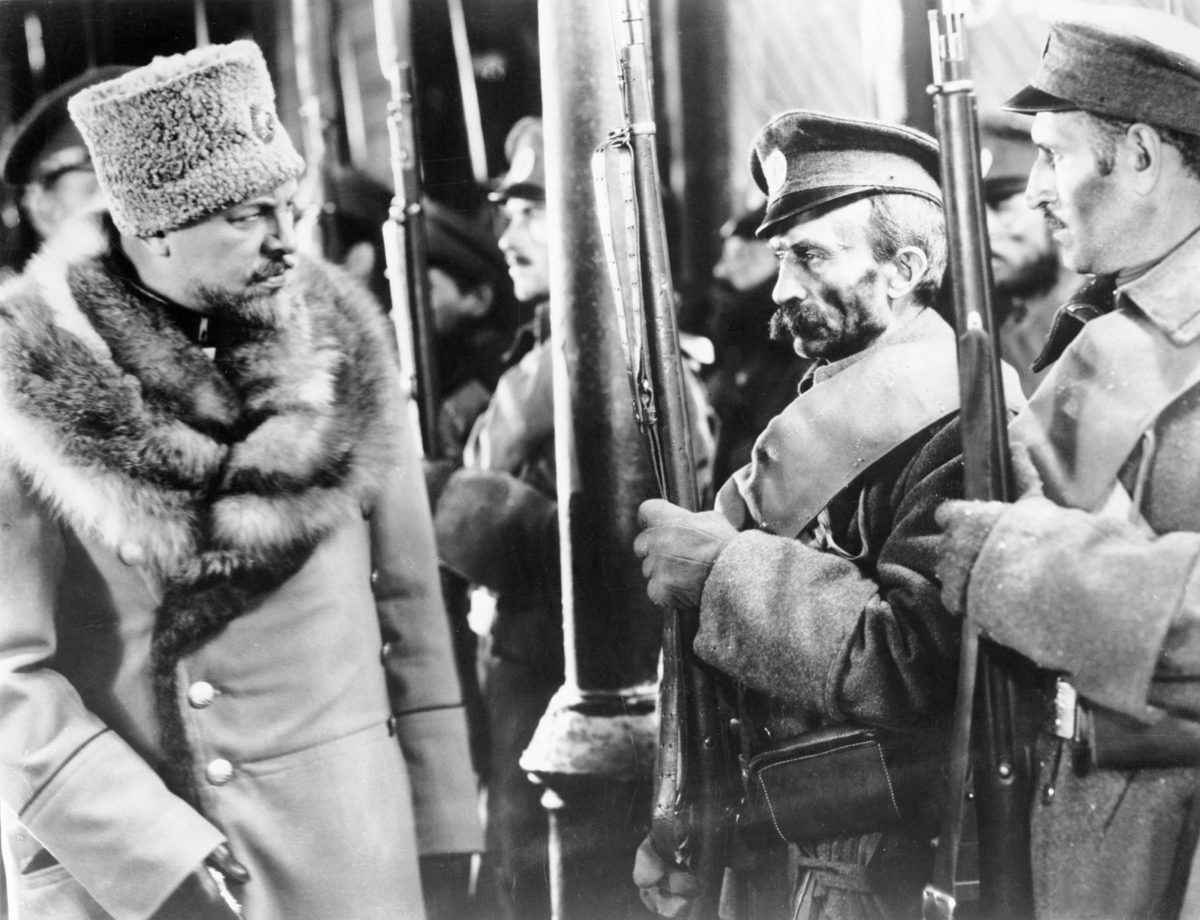
III.
However, it is the topic of actors and acting which garners the heftiest share of the word count. Slightly contradictory, for Sternberg’s conception of acting’s role, as distinct from its purpose on the stage, is far and away from the primary place and relative autonomy granted by the Stanislavsky method or the star system. Instead, for him, screen-acting is closer to Maeterlinck’s marionettes or the use of masks found in Kabuki and Noh theatre of Japan, traditional Chinese theatre and Ancient Greek traditions. The actor is not a fellow creator in collaboration but “a spot in the canvas” and not necessarily the most important one:
There is no such thing as an important actor or an unimportant one; there is only the actor who expresses the purpose to which he owes his presence, and his person may be far less visible than the ideas he is instructed to convey. Most of all he must be in control of himself at all times and allow no inflated ego to distort his appearance. His intellect, not his feelings, must at all times be operative. It can be observed with what genuine sovereignty the screen actor dances, skates, sings, rides a horse, runs to catch a train, or is knocked down by an automobile. That, of course, is only because he knows exactly what he is doing. Otherwise he wears an innocuous mask, forced on him by the fictionalized version of himself, disoriented as he always is.
In enunciating this theory, he recurringly fires shots across the bow of the star persona. The highest praise he can give to an actor is that they have expertly and loyally conveyed their director’s vision, and they should not expect applause from him just because they succeeded in “crossing a stage without colliding with the furniture.”
Sternberg uses his own work as examples. You can see how a star showboating cannot make, but derail, a film with Wallace Beery in Sergeant Madden (1939) and, to a greater and more bitter extent, his account of working with Charles Laughton on I, Claudius, a 1937 adaptation of the Robert Graves novel. One of Sternberg’s most ambitious projects, it was left unfinished after Laughton’s inability to work with his director, and the actor’s feud with producer and original director, Alexander Korda, resulted in Korda closing down production early. This disaster, along with an adaptation of Emilie Zola’s Germinal in Austria which was strangled in the cradle by the Anschluss, precipitated a nervous breakdown and a sparsely productive and frequently tampered with late career.
Emil Jannings is the exception that proves the rule, in mortifyingly funny accounts of their tumultuous working relationship during The Last Command (1928) and The Blue Angel (1930), where Jannings is described in monstrous terms. An insatiable egomaniac, enveloping Sternberg—and anyone else within the blast radius—in petty games of upstaging and attention-seeking. And yet the results were, to Sternberg and a great many others’ opinion, some of the finest examples of screen-acting. It’s Marlene Dietrich then, that Sternberg takes as vindication of his methods. He dismisses the view that he was the ‘Svengali’ to her ‘Trilby’, and instead accredits himself authorship of her iconic image and acting abilities, stating that she was a great actor who, more often than not, was a willing and receptive model.
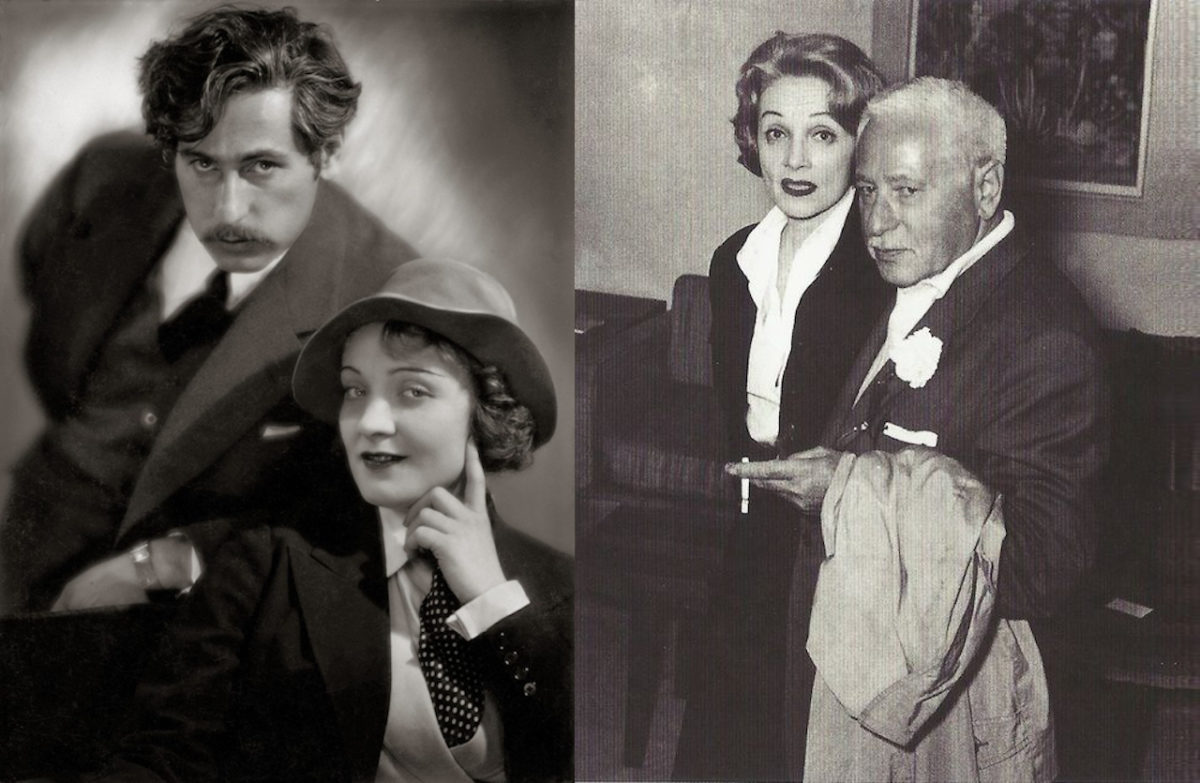
IV.
His well of knowledge isn’t just sourced in cinema and first-hand experience. He displays extensive learning of other disciplines and traditions, frequently quoting analogies from Greco-Roman classics, ancient Hindu and Japanese texts and a diverse selection from the history of literature, theatre and painting (an art that he both practiced and collected). At one point, he recounts the history of his own medium, in a pocket-sized but clearly well-researched form.
In the process he spouts and counters various art, literary and film theories, but ultimately the book’s most committed position is that if filmmaking is to be a worthwhile artistic pursuit, it must be a director’s medium. In this regard, he goes further than many of auteurism’s core thinkers and texts, in that he flatly denies that it is, in any way, a collaborative medium. Instead, everyone other than the director can be counted among either his or her tools, materials or hinderances.
Sternberg, of course, does some filleting to make this position airtight. Many of his regular collaborators; writer Jules Furthman, cameraman Lee Garmes and production designer Hans Dreier do not merit even a single mention, while writers Herman Manckiewicz and Ben Hecht are singled out and blasted for their shot-in-the-foot obstinacy and irrelevance to the films’ final execution. The one behind-the-camera colleague who, outside or even including Sternberg, gets the most unabashedly glowing depiction is Erich Pommer, producer on The Blue Angel. Chiefly because he did what he was meant to do and left Sternberg alone.
Sternberg is not only making this case because he was a director who demanded considerable creative control, and in many cases wielded it; frequently working as his own cinematographer while simultaneously taking on other roles. He is also speaking from experiences of working in many disparate filmmaking modes and conditions. His career was unusually varied; bookended with uniquely independent productions, and in between he worked as a high-profile filmmaker during the transition from silent to sound where there was another, just as equally transformative, shift taking place. The older Hollywood, with its greater director and star autonomy, gave way to the early days of the studio system, which he later experienced at its end and also potentially at its most erratic and least hospitable to a free-thinking director, with his productions under Howard Hughes. He worked not only in the United States, but Germany, Britain and Japan. And with what would be typically associated more with a journeyman’s career, he frequently worked as an assistant, or a stand-in editor and director, well beyond his initial years in the business. It is with the backing of such peripeteia that he not only vouches for the director-led (and therefore himself) as the superior form of filmmaking, but makes a pointed attack against Hollywood where, in the pursuit of profit, power and ego, artists are overridden and their art annexed.

V.
Fun in a Chinese Laundry was published 12 years after Sternberg last embarked on a feature, and despite floating the possibility of working again, in the midst of all the bridge burning, it never came to be, as he passed four years later. Still, the book was something of a signal for change, in his reputation and how critics would handle his body of work. Appreciation of his work initially tended to split down two, often limiting lines. There are critics and admirers, like John Grierson, whose entry point was his first cause célèbre, The Salvation Hunters. They would use that film’s outlying social preoccupations as a stick with which to beat his later, more ‘decadent’, films. Others tended to associate him with Dietrich so strongly, it’s as if they were conjoined and he perished on separation.
There was another line of criticism though, brewing away in the fifties, in France mostly. This was the auteurist point of view, practiced by the Cahiers du Cinéma critics, including Luc Moullet, who praised Anatahan and Jet Pilot (1957), putting the latter in his year-end top ten, and Jacques Rivette who, writing for Arts, also vaulted Anatahan “this primary truth: Anatahan is a film by Josef von Sternberg, and I would even be tempted to write The Film by Josef von Sternberg.” Anatahan, an independent Japanese production where Sternberg essentially had complete control, is one of his best films and yet it was widely panned on release and treated as a mere oddity by many later, even admiring, critics. Yet Moullet, Rivette, Claude Ollier (writing for Cahiers in 1965) and American critic and early supporter, Norman G. Weinberg, were among the first few to claim it as one of his masterpieces.
In 1960, he was fêted at the Locarno Film Festival, and in 1964, a young Serge Daney and Louis Skorecki embarked on an American tour, with an interview with Sternberg on their retinue. However, it was the confluence of the book being published, the piecing together of surviving footage of I, Claudius with documentary context in the BBC documentary, The Epic that Never Was (1965), and then a retrospective in London, accompanied by an interview with Brownlow and a televised ‘lighting exercise’, which opened the floodgates of reappraisal—particularly in the English-speaking world. That same year, Peter Bogdanovich conducted an interview, which was later published in Who the Devil Made It? (1997). In 1966, Andrew Sarris published his book-length study, coinciding with a MOMA retrospective, which was followed by other studies, by Herman G. Weinberg (1967) and John Baxter (1971), who later penned a biography.
1968 would then be the crowning year, with a profile on Swedish television, later followed by a feature, Josef von Sternberg, een retrospektieve (1969), made for Belgian television and directed by future fiction filmmaker Harry Kümel. The Parade’s Gone By was published and Sarris included Sternberg in that auteurism holy writ, The American Cinema (1968), in its highest category, the pantheon.
Postscript.
There is a photograph which speaks volumes about both the image of Sternberg that he himself stoked and his place within Hollywood. It features a gathering of the biggest movie people, circa 1927; Louis B. Mayer, Douglas Fairbanks, and Emil Jannings, among others. They are amassed on the steps of the Ambassador Hotel, where a reception is being held for theatre director Max Reinhardt—one of the very few figures that Sternberg writes about with admiration and little or no reservations. It is no surprise then that Sternberg is also present, or that he doesn’t settle for being one among peers, lost in the crowd. Standing down at the front, to the left, he is a little too far off to the side and while everyone else is either smirking or beaming, he glowers from the shadows. As Sternberg himself would write, he was an outsider before and he was outsider then, even when he was a success.
Finally, near the end of his life, Sternberg found himself firmly on a pedestal. And yet he wasn’t one to be fooled by fame. He had not become soft and respectful with age but instead denied his artistry while claiming it, and dodged and deflected platitudes and interrogations alike. He was a wary and wry figure, playing bait and switch, right up until curtain close.
